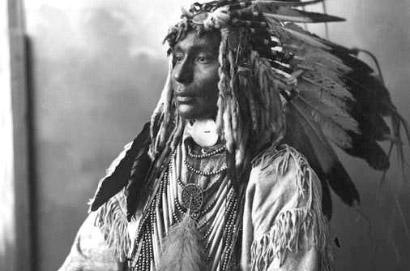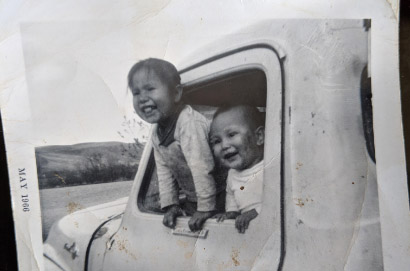In 2009, the Fort Belknap Indian Community Council (FBICC) established Island Mountain Development Group (IMDG) as an autonomous for-profit economic development corporation to serve the Aaniiih (Gros Ventre) and Nakoda (Assiniboine) Nations.
IMDG’s builts a self-sustaining local economy by creating jobs for tribal members on the Fort Belknap Indian Reservation.
Economic development is the key to breaking the poverty cycle and building strong, healthy, culturally vital Native Communities.















